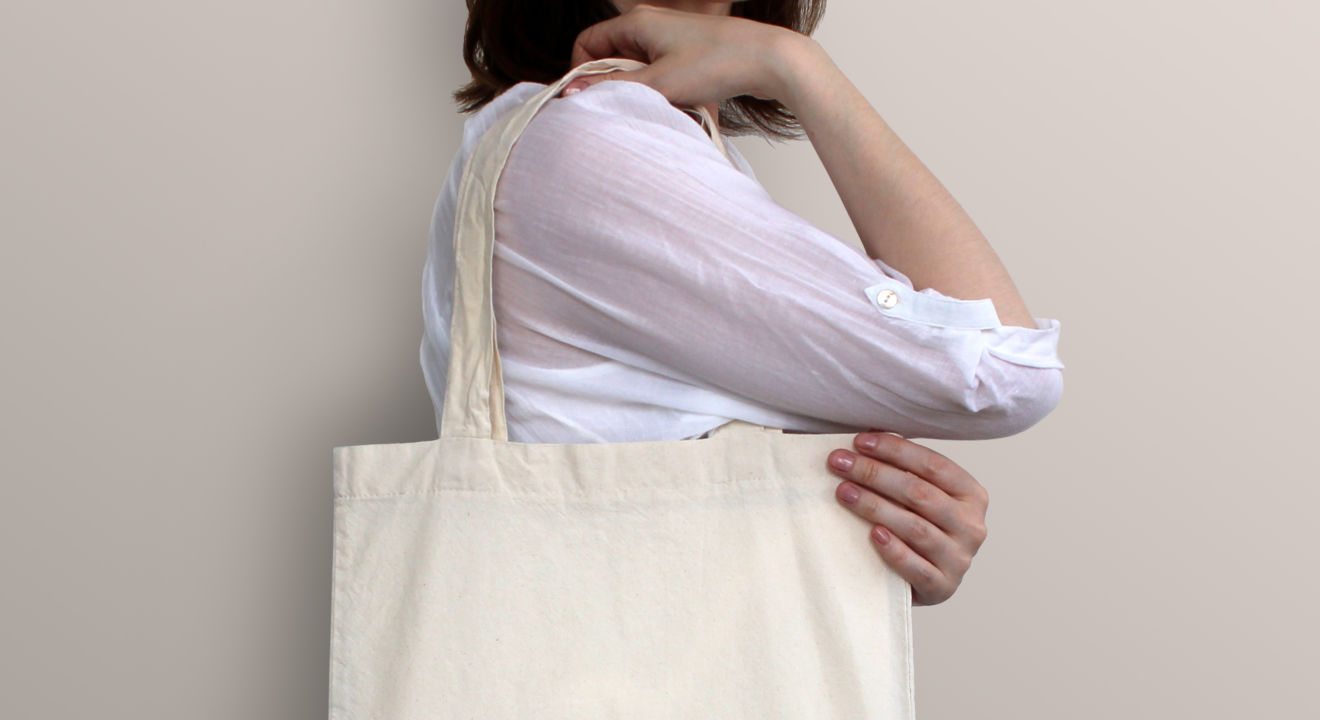Style September 8, 2016


There’s a steep price to pay for style – and Forever 21 won’t cut those costs. We all know the ethical problems with fast fashion, but chances are you haven’t heard about 2016’s newest it-item: organic linen.
Boll and Branch, an up-and-coming luxury bedding company, seems to be spearheading the movement. The 2014 business has earned a lot of attention in the press lately, from New York Times to Forbes to Wall Street Journal. But it turns out that the organic linen company isn’t using organic linen after all. While their sheets are rooted in natural materials and ethical working conditions, their products are made from cotton, not linen. Thus common confusion overshadows the organic linen trend for anyone not well-versed in fabrics.
Luckily, linen is cautiously seeping into the clothing industry despite its lack of similar media attention. While there are currently no real comparable Boll and Branch level businesses, some smaller companies are beginning to incorporate the trend in their online stores. Conscious Clothing, for example, offers an Organic Linen Collection alongside hemp and bamboo options. Independent designers have also rooted themselves in the trend by crafting organic linen shirts, dresses and scarves for sale on Etsy.
Why chose organic linen? Online clothing company Rawganique points out the major benefits of the material. The fabric stems from flax, a vegetable fiber comparable to hemp, making it sturdy and long-lasting. Hypoallergenic and anti-inflammatory properties of flax also make the material cooler and more breathable, ideal for those sundresses or work button-downs in summer heat.
In addition, growing flax is also good for the environment; the plant blossoms without much water in bad soil and sans chemicals. Grown without the use of harmful pesticides, this eco-friendly material is as clear as unpolluted fresh water. The icing on the cake? Hippie boho style is still alive and kickin,’ making organic linen looks fit for a Free People model.
So why aren’t organic linen products getting the attention they deserve? The answer is simple: price. Linen is an already expensive material to produce since it has to be harvested by hand. Add the organic label for another hike in price. (Unconvinced? Just take a trip to Whole Foods.)
For the woman who enjoys the cheap accessibility of Forever 21, this clothing may seem out of reach until you do a cost-per-wear analysis. Linen clothing is worth much more than other materials plaguing the racks of discount stores. That value isn’t just in the price tag; the production quality and design speaks volumes for a few items. Sure, you may be dropping the big bucks for organic linen, but those investments will stack up when you don’t have to hustle to the mall next time that polyester shirt rips or your favorite rayon skirt fades.
You may not see organic linen on the runway or red carpet anytime soon, but it may warrant some well-deserved real estate in your closet this summer. High quality, eco-friendly and uber trendy – what more could a woman want? (Well, maybe a discount would be nice.)